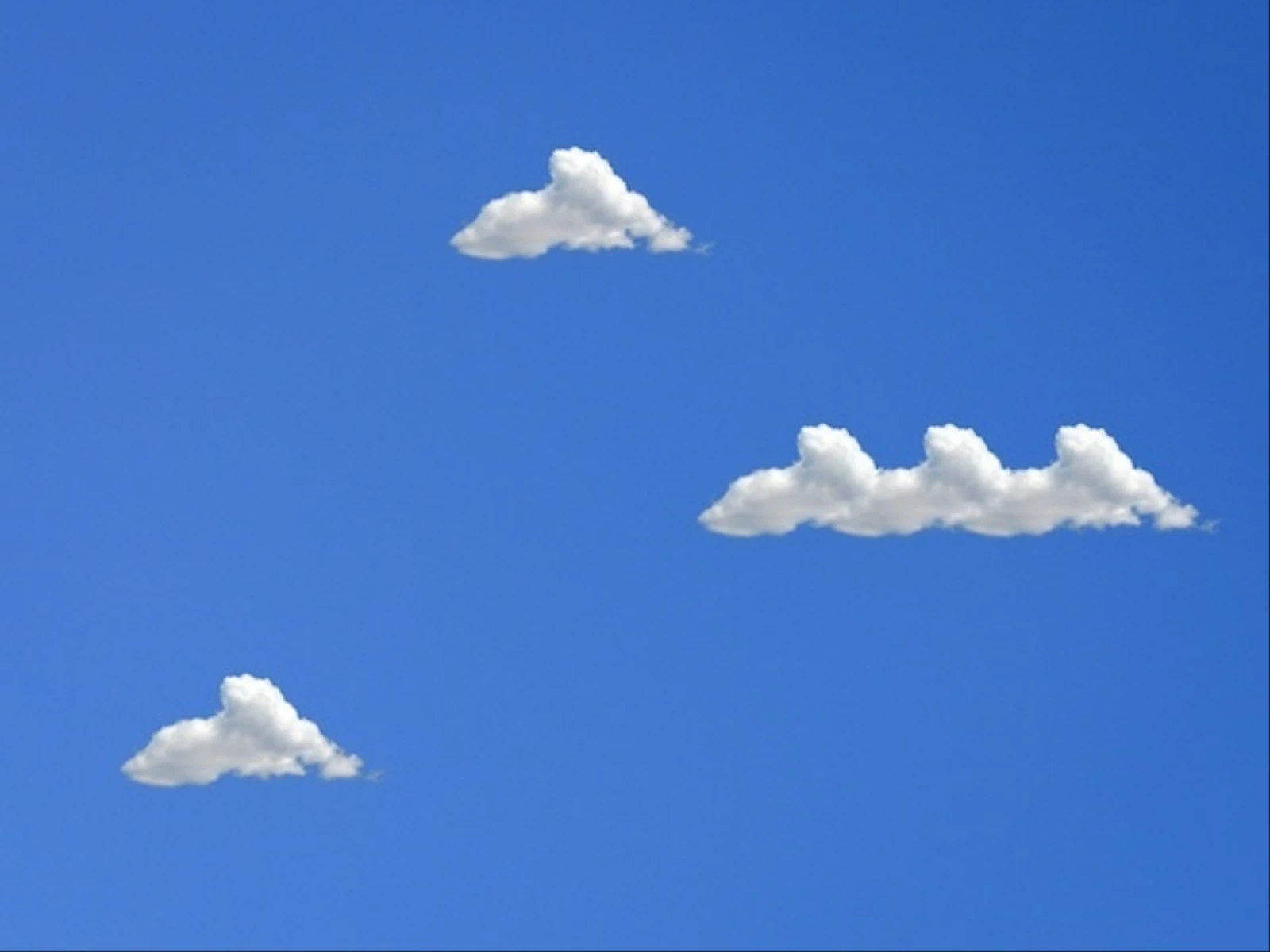It is with great pleasure that the GE Corporate Art Program presents “Emerging Realities: Obscuring the Line Between the Natural and the Man-Made.” The initial inspiration for this exhibition came from the Art Program’s desire to present an exhibition in support of the Four Pillars of GE’s manifesto: move, cure, power, and build. In pursuit of this original motivation, however, we came to uncover a common thread amongst the included artworks.
All of the works selected for the exhibition represented an interaction between technology and the natural world. Viewed together, these works signify an emerging sliding spectrum of relationships between society, nature, and technology. In beginning to define this spectrum, “Emerging Realities: Obscuring the Line Between the Natural and the ManMade” makes just as much of a statement about our contemporary society as it does the innovators who have helped shape it to this point.
From solar-powered sculptures to lenticular 3D pigment prints, the artists in this exhibit bring awareness to the omnipresent ways in which modern society and the natural landscape have begun to hybridize. Gone are the days when technology was once at odds with the natural environment it sought to support; now, technical designers either create mechanisms that match their target setting or are so small they are largely imperceptible. In Tetsugo Hyakutake’s Goshiki Zakura Ohashi, Tokyo, Japan we see multi-lane highways built over, and not through, tall grasses to allow for the coexistence of transportation and the natural landscape.
In Daniel Bauer’s Aviary, Corona Park, Queens the open structure of the bird sanctuary goes one step further, creating space for the indigenous flora to weave in and out of the structure—literally knitting the boundaries of the natural and the man-made together. If we take a step back from examining what is in these images to contemplate the photographs as artworks, there begins to emerge a particular way in which the photographs themselves are witness to the confluence of nature and technology.
In viewing these images, the natural and the man-made are so seamlessly woven together that they produce a singularly beautiful photograph. We are not torn between which is more powerful—the construction or the landscape that contains it—but instead, we respond to the image as a whole. In this way, within the image, the parts of the scene not belonging to the natural realm, or the unnatural, elude the negative connotations normally associated with the word. The unnatural, or in this instance the man-made, appear as a “natural” part of the image to the extent that the design of the structures complements their natural surroundings.

